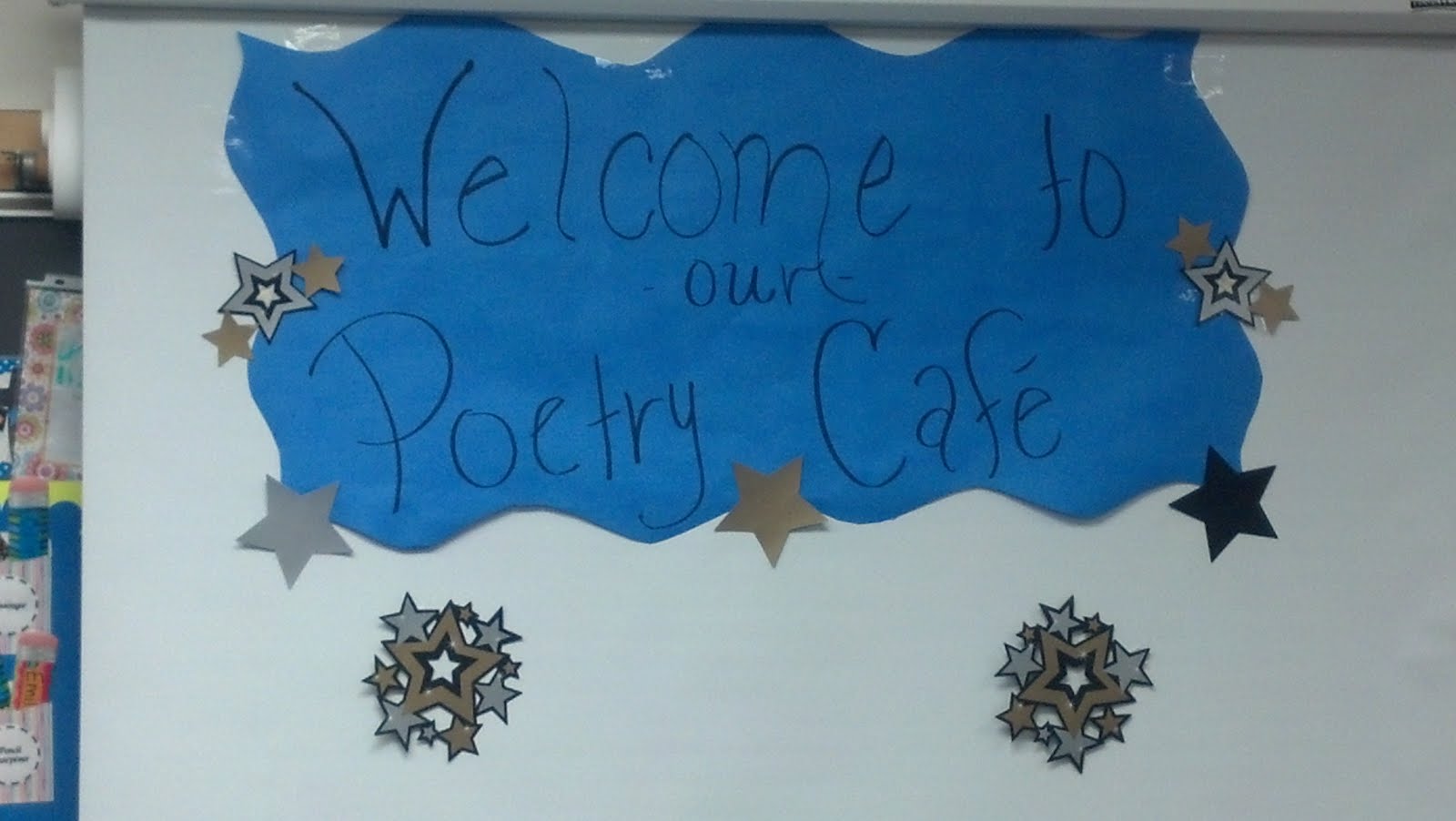I'm featuring two Maryland poets for this weekend's National Poetry Month post -- Barbara Morrison and Fernando Quijano III -- both with poems about bugs.
I love bugs. When other moms were grossed out by cicadas in their hair, I was chasing my kids with a whirring bug in my hand saying, "It has red eyes! Isn't that cool?"
If you're working on similes and metaphors with young poets, ask them to look for commonalities between themselves and a specific insect. If a teen can find a connection with a gypsy moth or a butterfly, he or she can write a simile.
In the poem, "Gypsy Moth," notice how the poet uses form. The opening stanza is observation/description, which makes the simile in stanza two both eerie and surprising.
Gypsy Moth
by B. Morrison
Their sound is like the lightest
sprinkling of rain tapping the leaves
somnolent and steady, eerie only if you know
that what you hear are tiny jaws
consuming leaves and dropping tiny
hard brown beads: Gypsy moths.
Yet the words themselves hold no horror;
they might describe me:
the gypsy, the moth, restless and wise
unable to take even the best of men
and stay with him, moving on when
a town goes stale you've seen me at dances,
my skirt flying, my eyes held fast
by my partner's, but fickle like a gypsy--
look around and I'm gone.
Posted with permission of the author.
In Fernando's poem, "Orange Eye," watching butterflies is a meditative act. The bugs become a metaphor for finding joy in simple things (a theme we've already touched on this April).
Orange Eye
by Fernando Quijano II
I don’t have to write
this poem
it writes itself
how could it not?
At ten
the monarchs come to feed
on the purple orange eyes
outside
the kitchen window
as I wash dishes
monarchs & bugs that look
like little hummingbirds
fan tails and all
buzzing bud to bud
to suck on the sweet nectar
At three
the brothers come
butterflies wearing tiger skins
with iridescent blue
spots for wings
dangling upside down
with their black
winged cousins
to catch
the undersides of the buds
that previous bug
gourmands have missed
The tigers patiently probe
each bud
with their probosci
while the jet
butterflies flutter
frenetically before moving
on, looking for the easy meal
I could wash this dish
for days
I don't have to write
this poem
The Universe wrote it
for me
long ago.
Posted with permission of the author.
MS/HS Writing Insect Poems Exercises:
1) Use Barbara Morrison's form to write an insect simile poem. Choosing a bug with a cool or evocative name is a good place to start. Stanza one is for observations and sensory description. Stanza two is where you introduce the simile and compare the insect to yourself.
2) Write about a time when you were watching an animal or insect and became lost in the act of watching. What were you doing at the time? Describe what you saw in detail -- the more closely you observe, the more your reader will understand how deeply you were paying attention.
I'll be back tomorrow with a satirical bug poem from Maryland poet John Hayes.





No comments:
Post a Comment